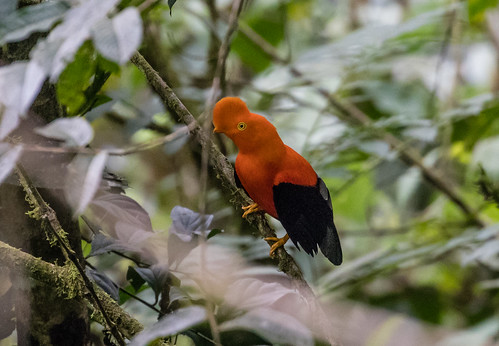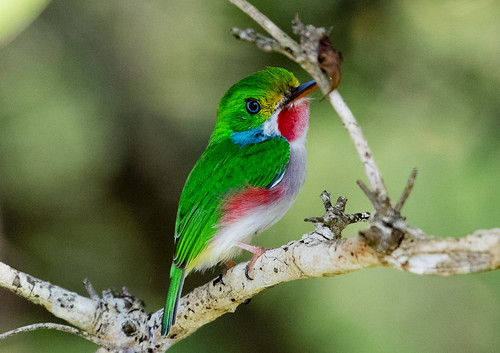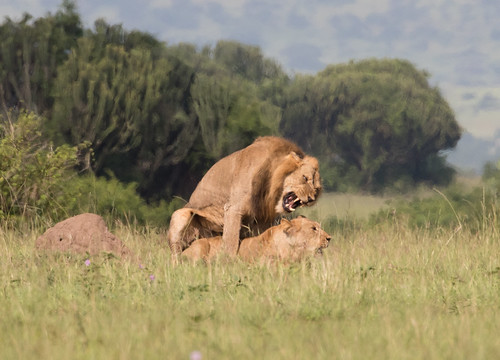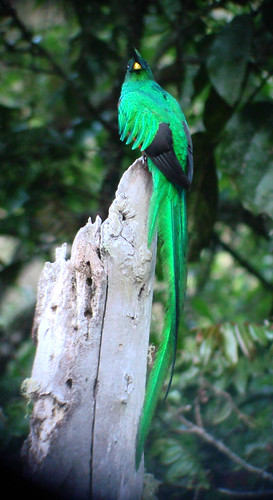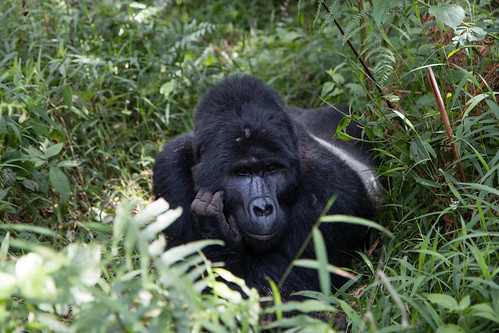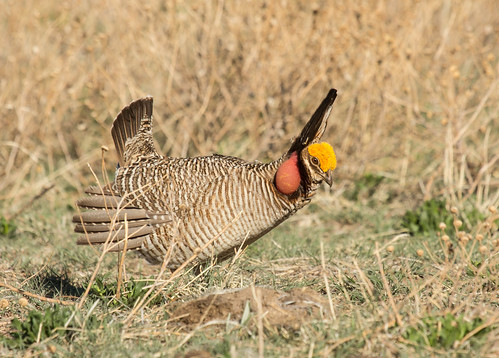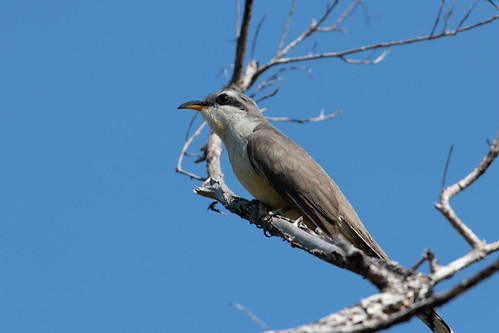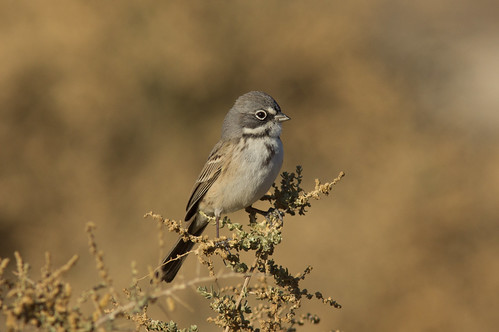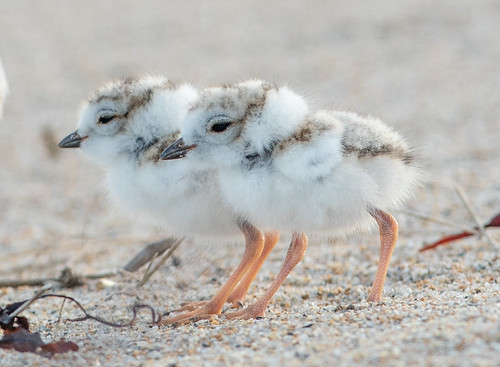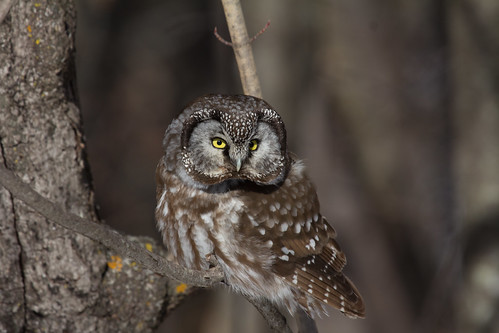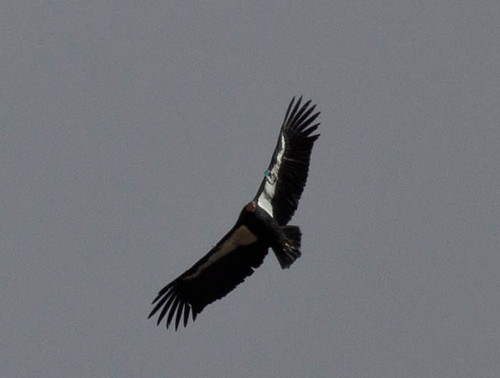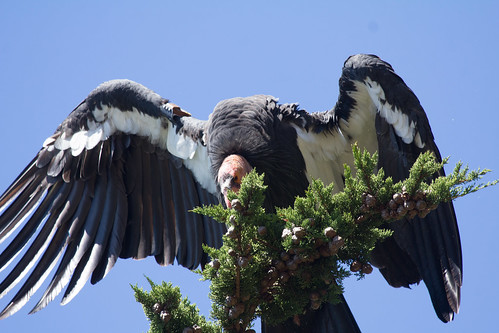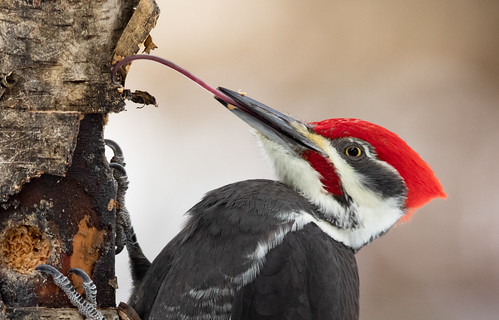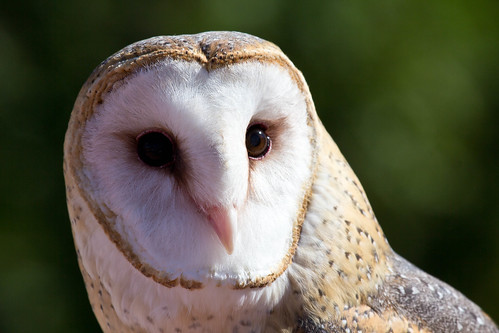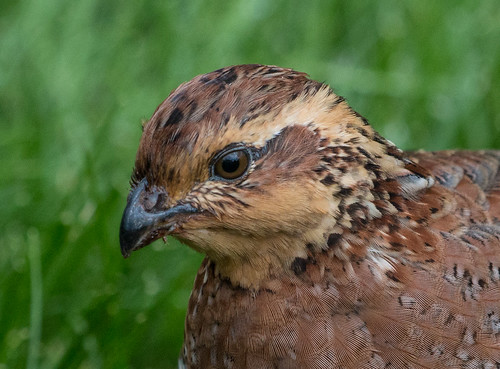I have a folder in the Dropbox directory on my computer titled “Best Photos.” Every now and then I run through the pictures I’ve added on Flickr and add my all-time favorites to that folder. Because I keep the folder in Dropbox, my main computer and my laptop both select from those photos at random as my screen saver when I step away for more than a couple of minutes. Often when I return, I wait a minute or more just to savor those pictures. They change every five seconds or so, and I never know which one will pop up next—maybe a Cock-of-the-Rock from Peru,
or a Cuban Tody,
or African Lions mating,
or a soaking wet Harpy Eagle from Panama,
or a Resplendent Quetzal from Costa Rica.
The pictures recall trips and other cool experiences in both a general way and a very moment-specific way. A Mountain Gorilla photo brings me back to my one and only African trip, to Uganda, in 2016. But it also brings back that specific day, my 65th birthday, and the joy of hiking through the Impenetrable Forest in search of gorillas barely a week after the Cubs won the World Series, the song “Go, Cubs, Go!” running on an endless loop through my head that whole day. And the photo brings back the specific moment when I first saw that particular mountain gorilla—how shockingly peaceful and accepting of our presence the family group was, accustomed as they’d become to specific guides leading bunches of people, never more than once a day, to gawk at them. Any time a gorilla photo comes up, a host of happy memories floods my brain and heart.
In 2014, I spent a glorious morning in a photo blind photographing Lesser Prairie-Chickens. I got some spectacular photos, both through my own camera lens and also through an extraordinary 800mm f/5.6 lens. The man sharing the blind with me had rented that supersized lens, and when he wanted to use a different lens with his camera body, he let me hook up my camera to the big one. The birds were spectacular—I love recalling their amazing displays—but I also relish that encounter with a truly sweet and generous-spirited photographer.
My closeup photos of puffins and razorbills fill me with joy and happy memories of my 2013 trip to Machias Seal Island.
My Black-capped Vireo shots conjure the Wichita Mountains in Oklahoma, camping and hiking with my dog Photon, spending time with one of my favorite ornithologists on the planet, Joe Grzybowski, and so many thrilling moments there, like when two nice men helped me and Photon evacuate in the middle of the night when tornadoes threatened.
My Mangrove Cuckoo shots bring back Russ’s and my wonderful trip to Saddlebunch Key last April.
Bell’s Sparrow photos remind me of the great time I had in California with my treasured friend Ali Sheehey.
Baby Piping Plover shots bring me right back to the Maine coast and day my dear friend Laurie Gilman brought me to see these adorable puff balls.
A series of Boreal Owl photos remind me of the magical morning in 2013 when Russ and I came upon it, with my friend Jim Lind, in Two Harbors.
Some Evening Grosbeak pix remind me of the 16 that spent over 2 weeks in our yard beginning the morning after Russ returned from the hospital after surgery, right when we needed out spirits lightened.
My first California Condor photos are of the ones I saw with Russ in the Grand Canyon as our celebration of my 60th birthday.
The first closeups I got, in California in 2013, do not just help me recall those birds but also my dear friend Eric Bowman who took me all around California that September.
The ones from this past fall were of a very close bird—the first one Russ ever saw from close range.
Over the past 15 years, I’ve gone on hundreds of trips. A single photo can bring an experience back into sharp clarity, at least until the next photo brings back another wondrous experience. A good half of my photos were taken in Port Wing, Wisconsin, mostly at my mother-in-law’s place, or right here in Duluth, many in my own backyard. Le Conte’s Sparrows, a host of warblers, Cedar and Bohemian Waxwings, Red-eyed Vireos, Pileated Woodpeckers—so many photos of so many wonderful birds I’m so very fond of.
And there are a bazillion photos of chickadees in there, too. Some were cooperative strangers I ran into at the bog or other places, but many are backyard chickadees I can still recognize as individuals.
And of course there are pictures of Russ and the kids—constant sources of joy.
Some of my bird photos go all the way back to 2005, but they run through the entire 15 years since then, too. I had a heart attack just 3 ½ weeks ago, but already since then I’ve added several new photos to this treasured folder. The poor Barn Owl I saw in the bog didn’t survive long after I photographed it, but I’ve yearned to see one up here for so very long, and will always feel grateful to that lovely soul because its path intersected mine for one brief and shining moment a week after my heart attack.
I’ve also already had shockingly cool encounters with a Ruffed Grouse, Canada Jays, and a Great Gray Owl.
This folder on my computer is really my “gratitude folder,” reminding me over and over of so many wondrous moments that, just to see them for a few seconds at random intervals, each and every one, fills me with gratitude all over again. Right now there are 2,182 photos in there—I've barely scratched the surface when there are so very many birds and people that have so enriched my life, their photos reminding me that, despite two heart attacks, breast cancer, and other tricky stuff I've negotiated over the years, I'm living an extraordinarily lucky and happy life. Every time my Gratitude Folder pops up, it strikes me all over again just how happy I am to be here.

